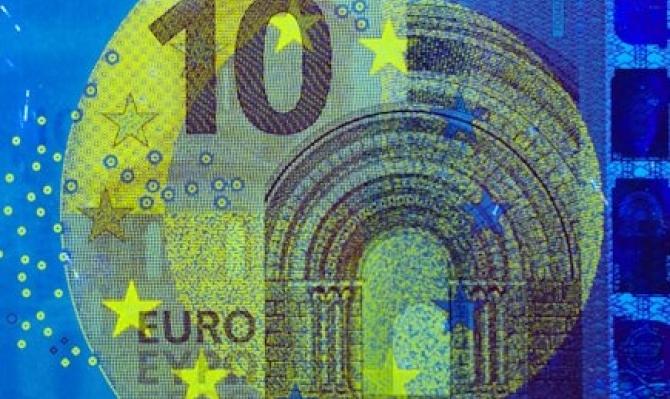The Spanish economy in the face of the Trump shock
The announcement of a significant and widespread increase in tariffs by the Trump administration, coupled with an erratic and unpredictable economic policy, has triggered fears of a further slowdown in the global economy. In this context, it is time to re-evaluate where the Spanish economy currently stands, assessing its strengths and weaknesses in the new scenario.

2025 could have been a year of economic normalisation, a good year. However, in the space of just a few weeks, the new tenant of the White House has managed to shake the world economy. The announcement of a significant and widespread increase in tariffs, coupled with an erratic and unpredictable economic policy, has triggered fears of a further slowdown in the global economy. In this context, it is time to re-evaluate where the Spanish economy currently stands, assessing its strengths and weaknesses in the new scenario.
For starters, the current situation is different from the financial and sovereign debt crisis or the pandemic. On this occasion, the Spanish economy is facing the Trump shock from a position of relative strength. On the one hand, the starting point for economic activity is a relatively healthy one. Among developed economies, Spain is the one that has grown the most in recent years, and the data for Q1 show that the rate of growth remains at similar levels to last year. Q1 2025 has ended with dynamic job creation, the main activity indicators have remained at almost the same levels as in the final quarter of 2024 and household confidence has remained strong. According to CaixaBank Research’s forecasting models, GDP grew by around 0.6% quarter-on-quarter in the first three months of the year.
On the other hand, it should be noted that the Spanish economy’s exposure to the US is limited. Exports of Spanish goods to the US represent 1.1% of GDP, and the added value generated in Spain of exports that end up in the US, either directly or via other countries, is of a similar magnitude. That said, it should be noted that the level of exposure varies widely by sector and in some cases is somewhat higher. This is particularly the case for certain agrifood products, chemicals and machinery and transportation equipment.
Beyond the recent dynamics and the direct exposure to the shock, the Spanish economy has corrected some of the main macroeconomic imbalances it had and which previously made it more vulnerable to external shocks. Of particular note in this regard is the improvement in the financial position of the private sector, with a significant reduction in the level of debt, which in recent years has been accompanied by a notable increase in savings. In addition, this has gone hand in hand with a marked reduction in net foreign debt, which has gone from the 95% of GDP which it reached in 2015 to 48% at the end of last year.
Despite the fact that there have been notable positive development on the «credit» side, on the «debit» side there are still several challenges yet to be addressed. The high level of public debt is one of them. Although it has declined significantly in recent years, and is at similar or even lower levels than other comparable countries, it remains high and limits the public sector’s capacity to act in times of difficulty. AIReF has also recently recalled that there will be substantial upward pressures on public spending in the coming years, especially on health and dependency. The anticipated increase in defence spending will add even more pressure. Added to this is a growth capacity that is still dependent on external factors, such as migration flows and tourism. A growth model more based on productivity improvements would be less sensitive to swings in the international context and, therefore, more robust. Moreover, it would facilitate greater growth in household purchasing power.
In the context of these early days of April, the risks surrounding the growth forecasts for the Spanish economy have shifted to the downside. Last month, we published a forecast of 2.5% GDP growth for the Spanish economy this year, a figure that incorporated a cost of a couple of tenths of a percentage point due to the tariff hikes and uncertainty we were anticipating. In the coming weeks, we will have to assess whether any adjustment to this forecast is needed, depending on how the negotiations and the uncertainty associated with them evolve, and on where the tariffs eventually settle. In any case, the anticipated impact on the Spanish economy is significantly lower than the likely impact on the US economy and on the economies most exposed to the US market.




